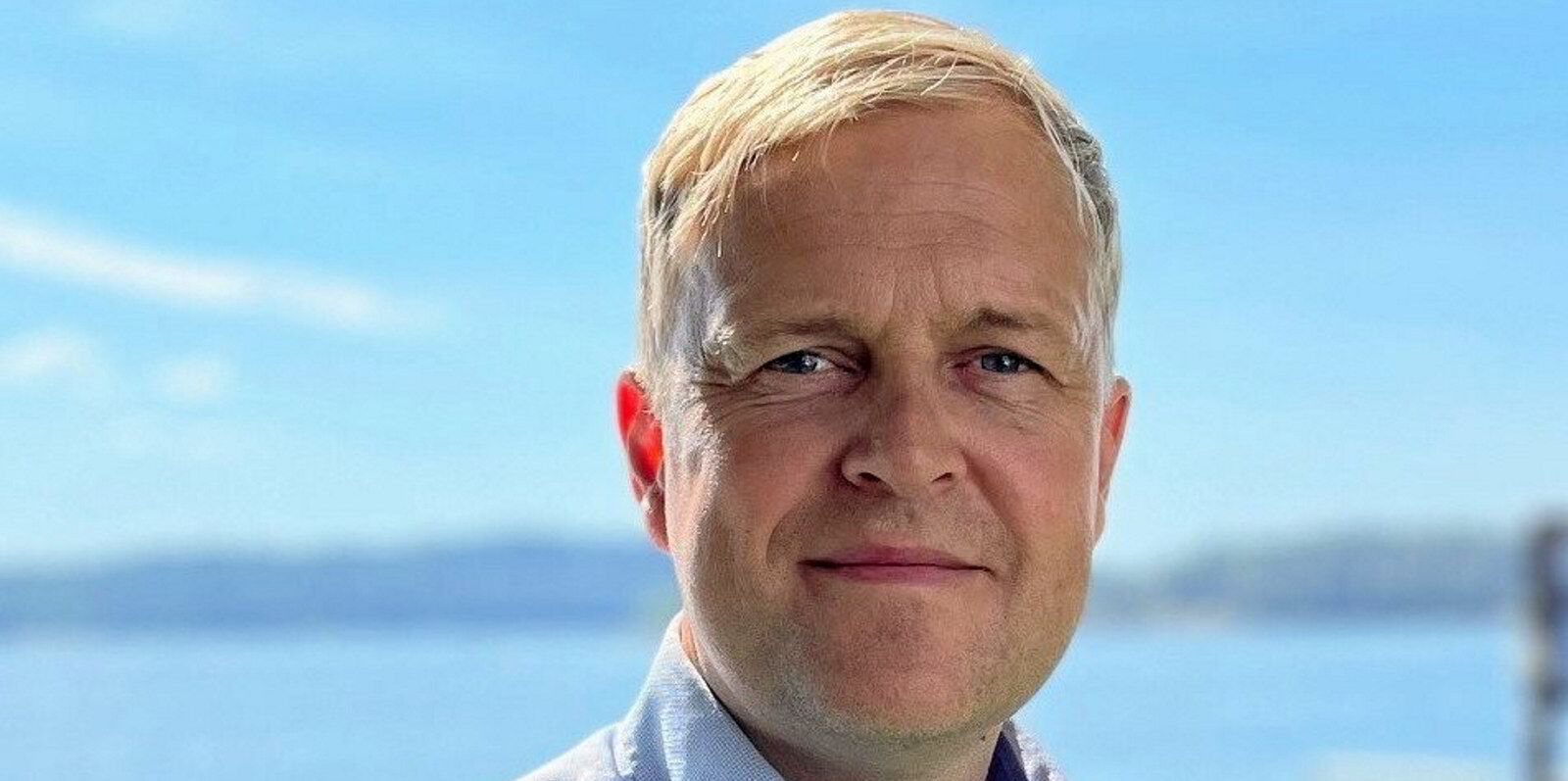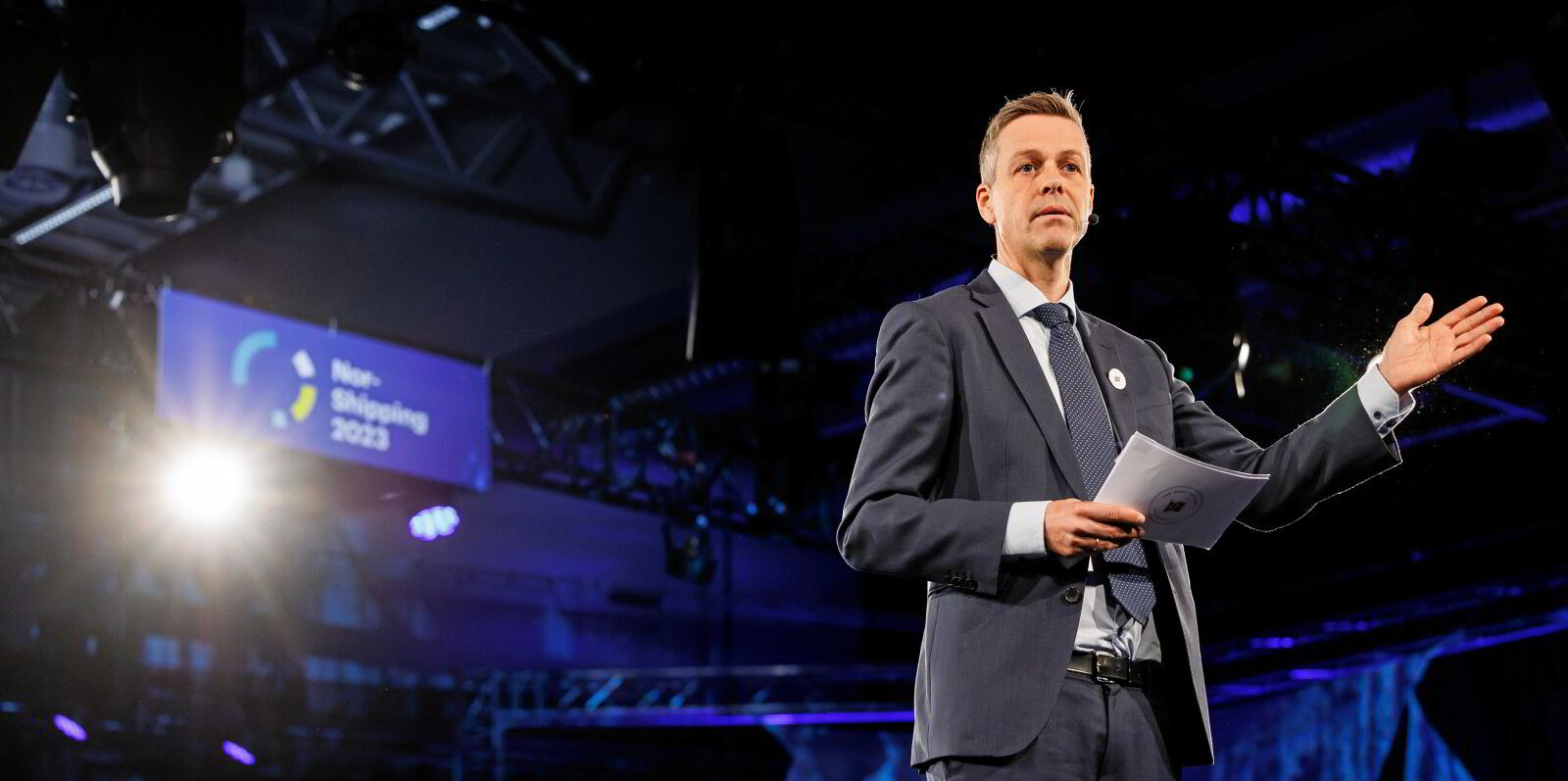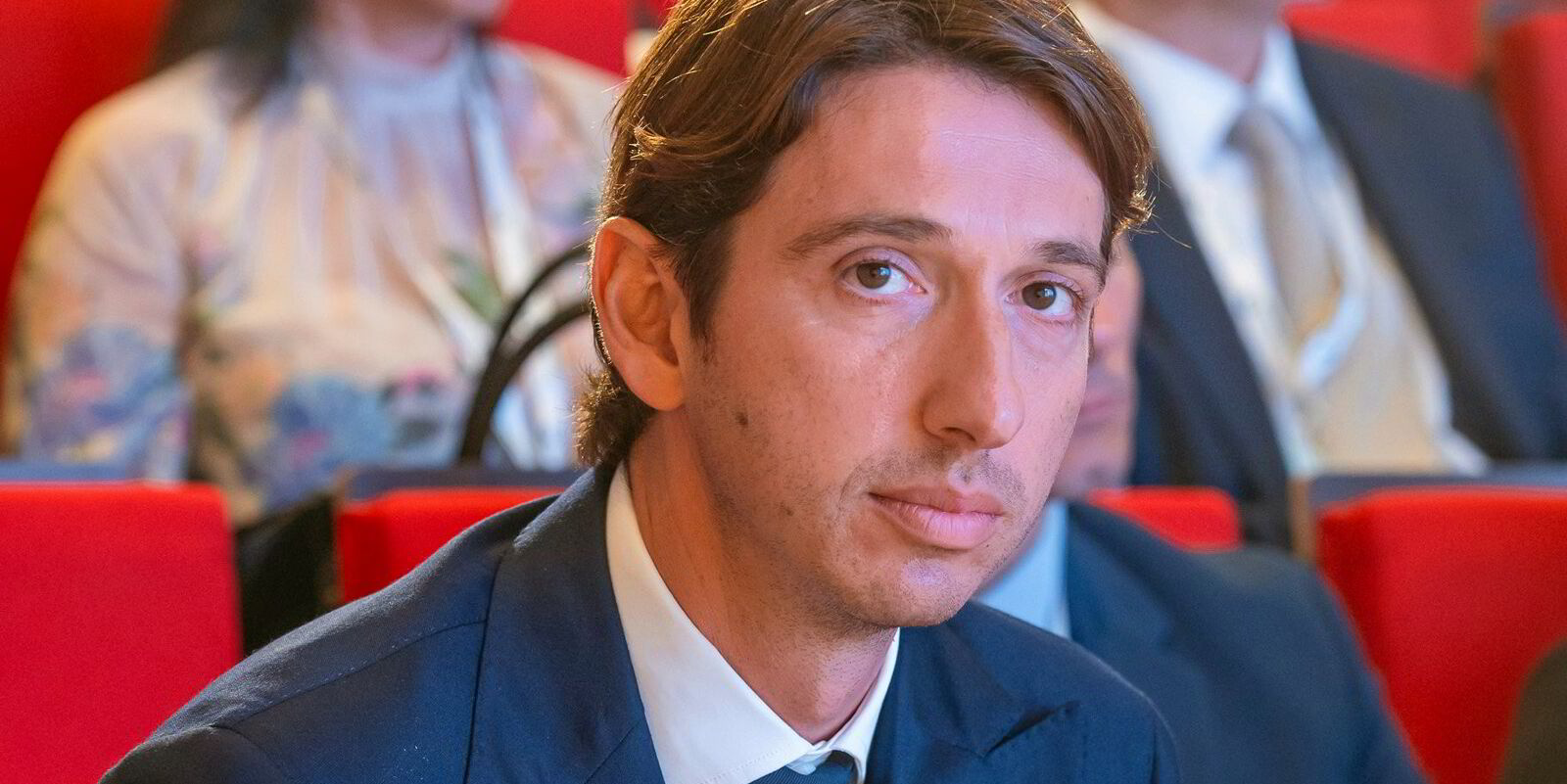Shipowners and operators need to reduce energy consumption if it is going to meet the IMO’s decarbonisation goals, DNV said in introducing its annual Maritime Forecast to 2050 report.
The Norwegian classification society said without efficiency upgrades, the 2030 goal of reducing CO2 emissions across the industry by 20% was in doubt.
“The world must attack energy losses,” said Eirik Ovrum, who authored the report, adding that it was the easiest way to cut emissions.
The organisation estimated shipping would need anywhere from 10% to 100% of all forecast 2030 alternative fuel production to meet the IMO target, a considerable portion of the 44m to 63m tonnes of carbon-neutral fuels available.
That, it said, means the industry needs to examine the other side: Simply not burning fuel in the first place.
Measures to help can be anything from shore power to digital tools to optimise vessel performance to carbon capture and storage — which DNV found significant potential in.
But DNV maritime chief executive Knut Orbeck-Nilssen admitted much of the work there needs to be done outside of shipping, with local and national authorities needing to build the infrastructure necessary to take off the captured carbon.
But that would still be a significant amount of space: Estimates of shipping-related carbon storage run between 4m to 76m tonnes of CO2 while estimated storage capacity in 2030 is 47m to 67m tonnes of CO2.
“Our message is really that major ports, key hubs, they should take a leading role to establish reception facilities,” he said.
Taking just those efficiency measures, DNV estimates fuel consumption could be reduced by between $5 and 16% by 2030, compared to business-as-usual scenarios.
Overall, Orbeck-Nilssen said shipping’s decarbonisation drive can be looked at as either glass half empty or glass half full.
He said 93% of the global merchant shipping fleet still runs on conventional fuels, but that half the orderbook is for dual-fueled vessels.
“Depends on whether you want to take an optimistic point of view or a pessimistic point of view,” he said.
Still, he argued decarbonisation is slowing down as costs of those dual-fueled newbuildings and alternative fuel retrofits are expensive and yards are booked up.
Then, infrastructure for those alternative fuels is slow to build up.
“Looking at not only the maritime and shipping industries looking to decarbonise, there is very stiff across the board industry competition for a very limited supply of alternative fuels,” Orbeck-Nilssen said.
“We will see that going forward, even on biofuels.”






